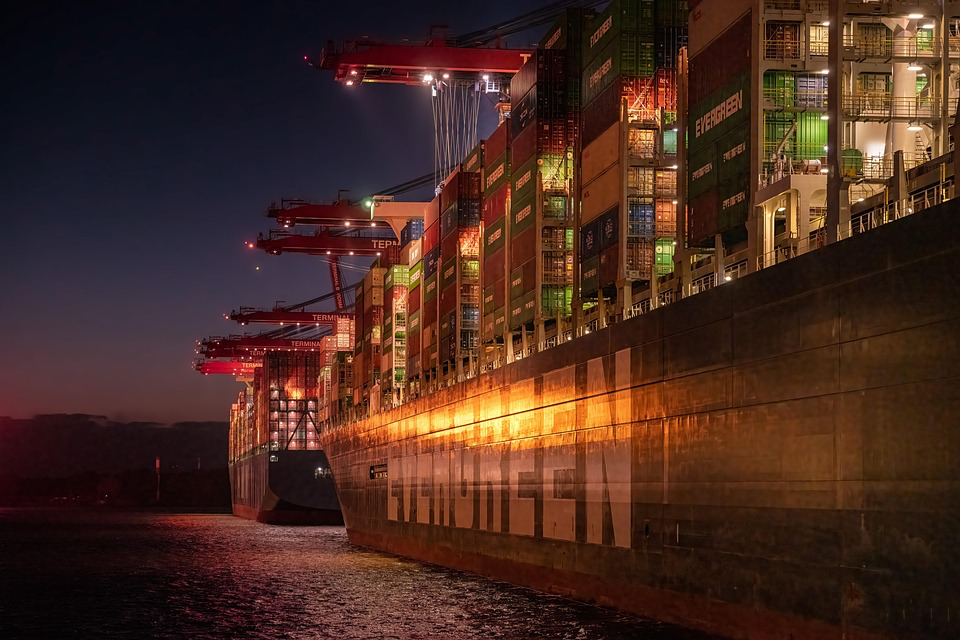Why Your ZIP Code Determines Your Grocery Bill

Several key factors explain why grocery prices differ so much from city to city. Transportation costs hit harder in areas far from agricultural hubs or in isolated places like Hawaii, where nearly all food must be imported. Every extra mile adds cost by the time food reaches the shelf. Labor markets influence prices too. In cities with higher wages or staffing shortages, businesses often pass added costs onto consumers through more expensive goods.
Local supply chains matter just as much. Cities with strong nearby farming communities tend to see more stable prices, especially for fresh produce and dairy. In heavily urbanized areas that depend on long-haul shipping, grocery costs are more likely to spike during supply disruptions. The farm-to-table trend shows these differences clearly. Regions with local food sources often enjoy lower costs and better quality, while others pay a premium for the same groceries. Where you live, in short, has a much bigger impact on your grocery bill than you might expect.
